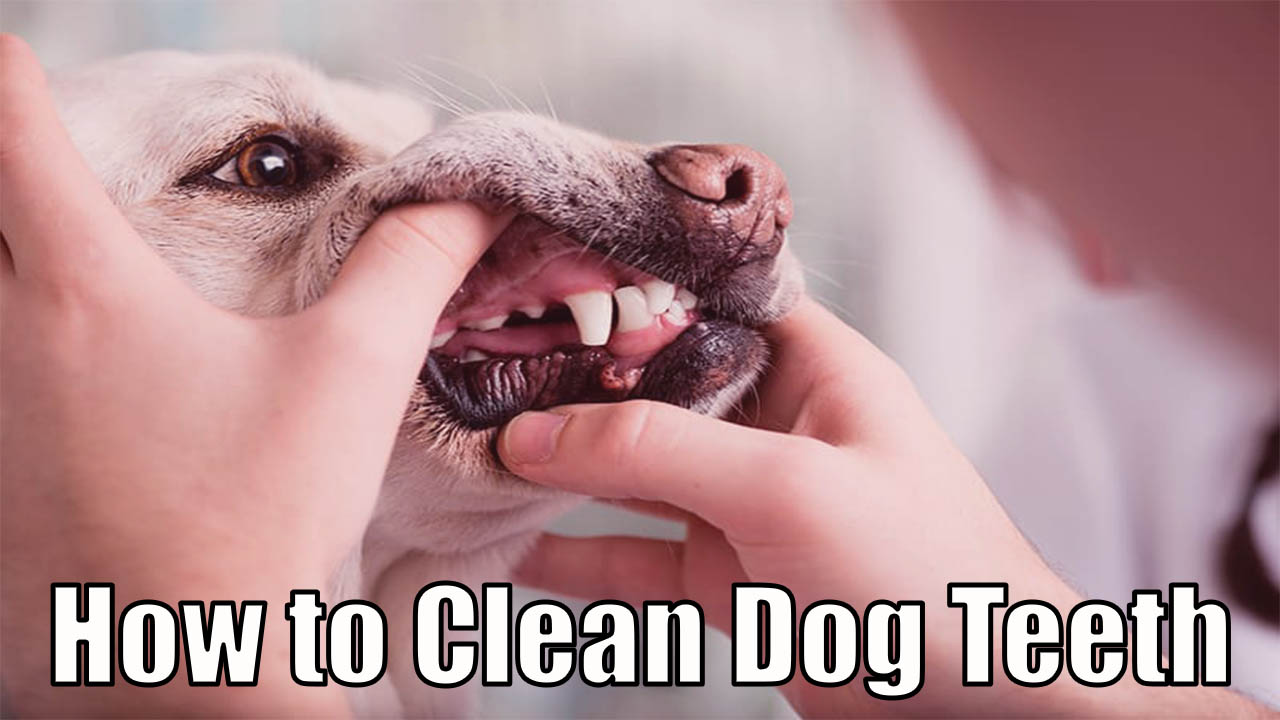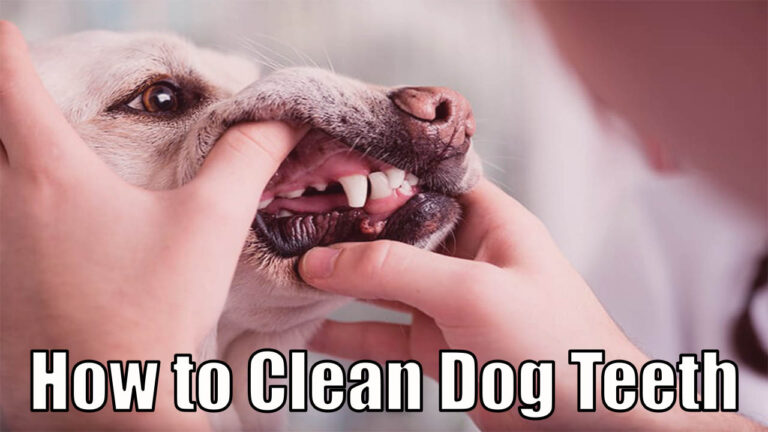Cleaning your dog’s teeth is important for their overall health, but it can be difficult to do if they are resistant to traditional methods. There are a few ways that you can clean dog teeth without having to use anesthesia, which will help make the process easier and less stressful for both you and your pet.

Cleaning teeth without anesthetic is not as thorough as cleaning teeth under anesthesia:
The first thing you’ll want to do is start by brushing your dog’s teeth with pet-safe toothpaste. You can find these at most pet stores, or online. Be sure to use a pea-sized amount of toothpaste, as too much could make your dog sick. Also, avoid using human toothpaste, as it can be harmful to dogs.
Next, you’ll want to use a finger brush or gauze pad to get in between your dog’s teeth and gums. You’ll want to focus on the back teeth, as these are typically the most difficult to reach. Once you’ve brushed all of the visible surfaces, you can rinse your dog’s mouth with lukewarm water.
People that undertake this treatment are inexperienced and run the risk of hurting their pets:
If you’re not comfortable brushing your dog’s teeth, it’s best to leave it to the professionals. There are many veterinarians and animal dental specialists who can provide safe and effective teeth cleanings without the use of anesthesia.
Cleaning your dog’s teeth is an important part of their overall health, but it’s important to do it safely and correctly. If you’re not comfortable cleaning your dog’s teeth yourself, it’s best to leave it to the professionals. There are many veterinarians and animal dental specialists who can provide safe and effective teeth cleanings without the use of anesthesia.
Why is it important to Clean Dog Teeth?
Cleaning your dog’s teeth is important for their overall health, as it helps to remove plaque and tartar that can build up and cause problems such as gum disease. Plaque and tartar can also lead to bad breath, so keeping your dog’s teeth clean can help with that as well.
What are some of the risks associated with anesthesia?
Anesthesia is generally safe for dogs, but there are always risks associated with any type of medical procedure. Some of the risks associated with anesthesia include vomiting, diarrhea, and excessive drooling.
Solution – there are ways to clean your dog’s teeth without anesthesia:
Cleaning your dog’s teeth is important for their overall health, but it can be difficult to do if they are resistant to traditional methods. There are a few ways that you can clean your dog’s teeth without having to use anesthesia, which will help make the process easier and less stressful for both you and your pet.
How can you Clean Dog Teeth without using anesthesia?
There are a few different ways that you can clean your dog’s teeth without having to use anesthesia. One way is to use a finger brush, which is a small brush that you slip over your finger and use to brush your dog’s teeth. Another way is to use a water pick, which is a device that uses a stream of water to remove plaque and tartar from your dog’s teeth. Whichever method you choose, it is important to be gentle so that you do not cause any discomfort to your dog.
Methods for cleaning dog teeth without anesthesia:
- Use a finger brush: A finger brush is a small brush that you slip over your finger and use to brush your dog’s teeth.
- Use a water pick: A water pick is a device that uses a stream of water to remove plaque and tartar from your dog’s teeth.
- Be gentle: It is important to be gentle when cleaning your dog’s teeth so that you do not cause any discomfort to your pet.
If you are unsure of how to properly clean your dog’s teeth, you should consult with a veterinarian.
Pros and cons of each method:
- Finger brush:
– Pros: Small and portable, can be used without water, gentle on gums
– Cons: May take some time to get your dog used to, and may not be as effective at removing plaque and tartar
- Water pick:
– Pros: Quick and easy to use, more effective at removing plaque and tartar
– Cons: Requires water, may be difficult to use on some dogs
Conclusion
Cleaning your dog’s teeth is important for their overall health, but it can be difficult to do if they are resistant to traditional methods. There are a few ways that you can clean Dog Teeth without having to use anesthesia, which will help make the process easier and less stressful for both you and your pet. Whichever method you choose, it is important to be gentle so that you do not cause any discomfort to your dog. If you are unsure of how to properly clean your dog’s teeth, you should consult with a veterinarian.



